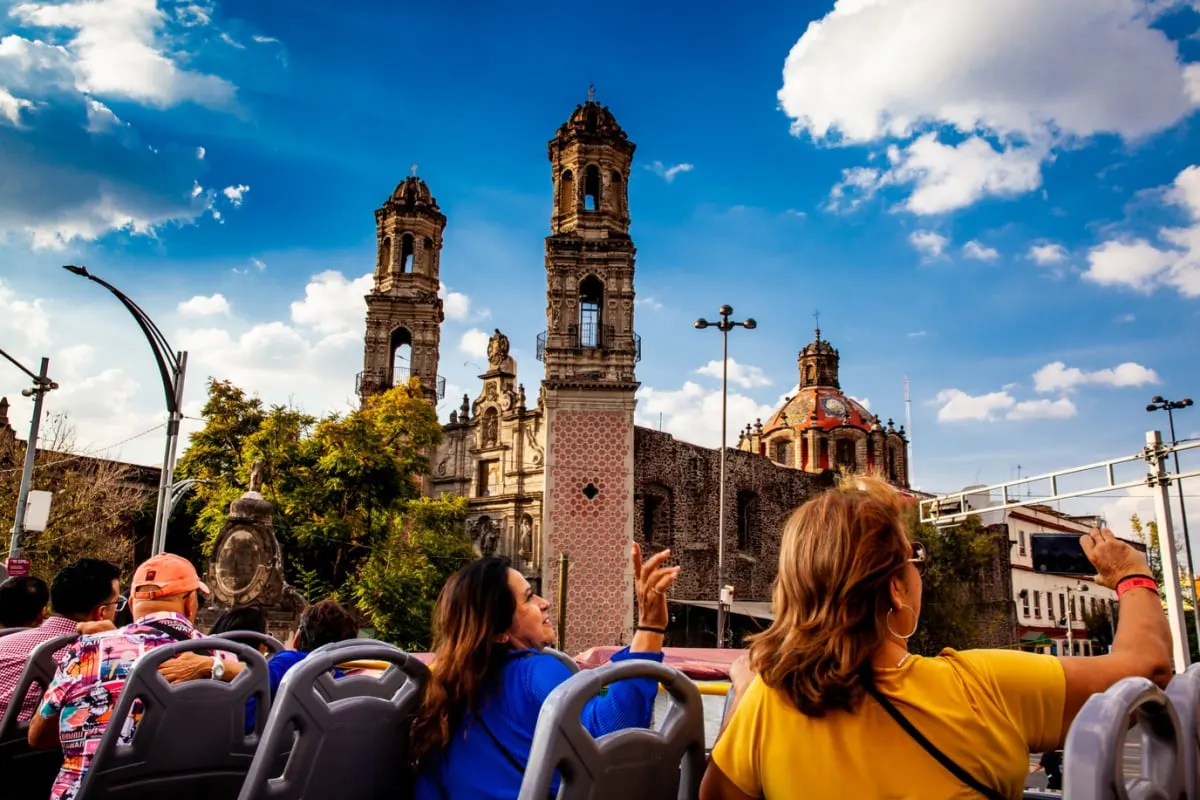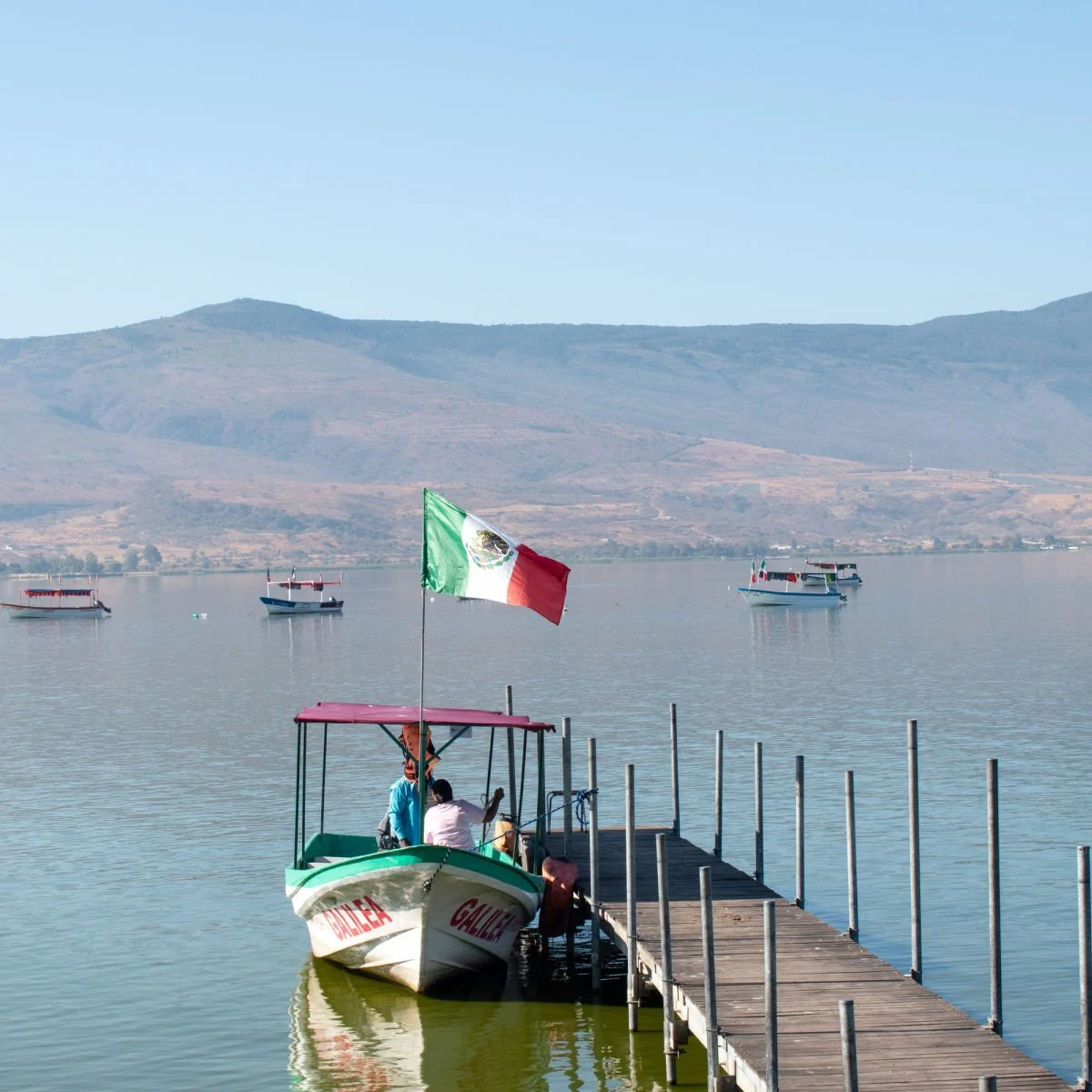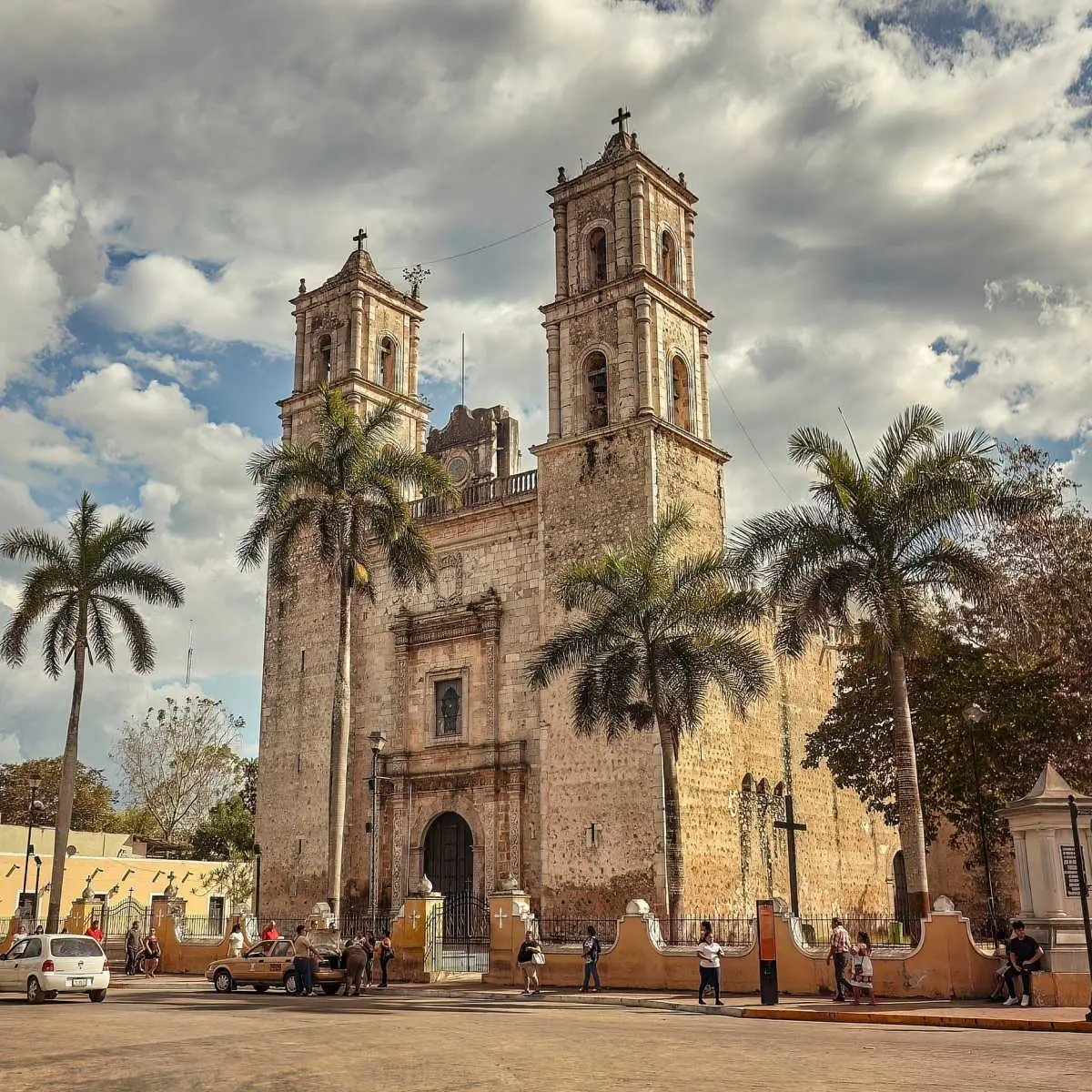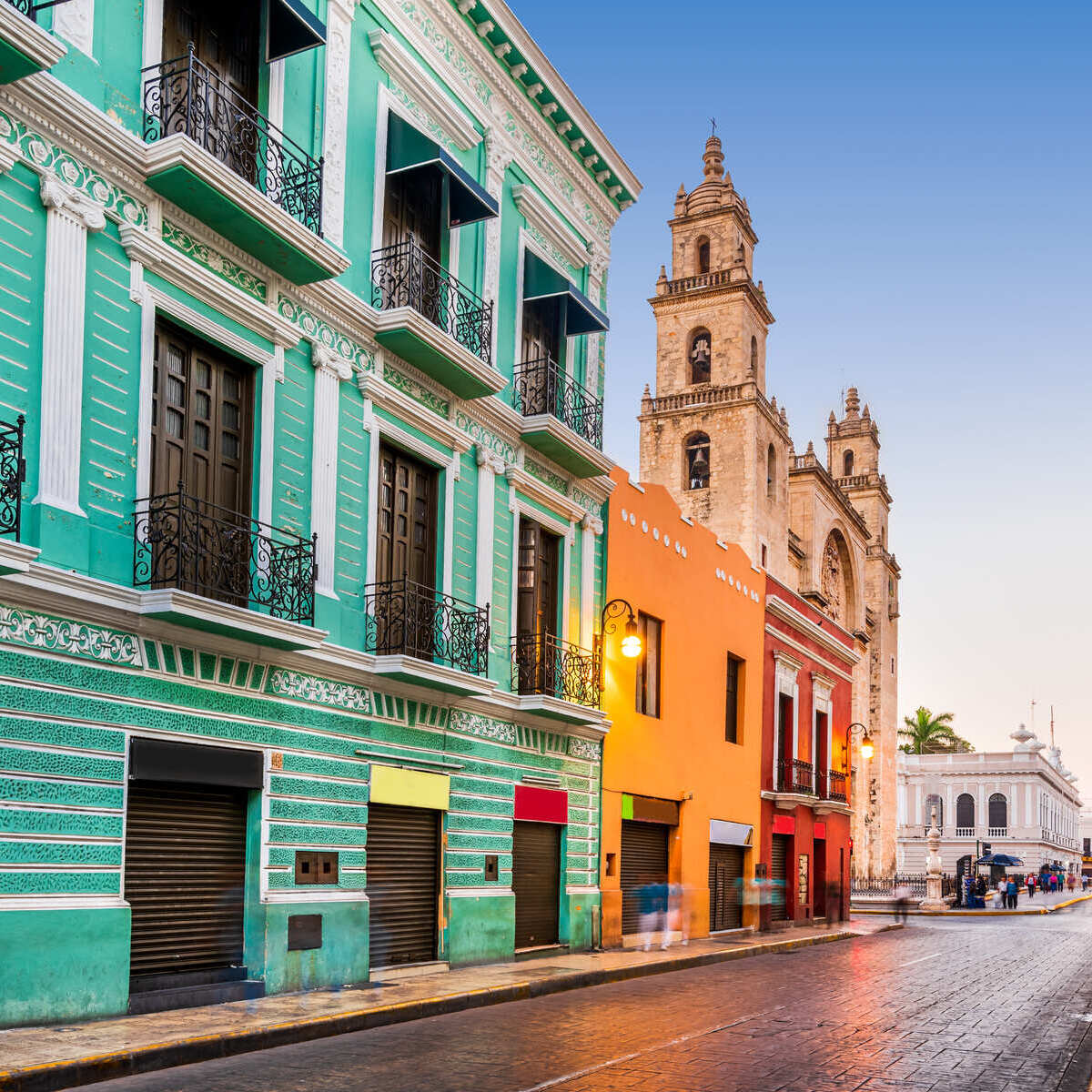When you picture a trip to Mexico, what comes to mind? For most Americans, it’s sunny beaches, vibrant culture, and world-class cuisine. It’s a familiar and beloved getaway.
So, what are we to make of the U.S. State Department’s latest travel advisory? While it keeps Mexico at a ‘Level 2: Exercise increased caution’, it introduces a new official risk that seems jarringly out of place.
You might expect to see this kind of warning for travel to a global conflict zone, but for Mexico? It’s a head-scratcher that has prompted a closer look.
Plus, Mexico is quite unique when it comes to advisories, with some states having level 2 and others having 3 or even 4, saying travel should be avoided entirely.

The entire staff of current Travel Off Path writers has been all across Mexico time and time again, and none of us has horror stories to report.
In fact, I was just there a few days ago, and everything seemed hunky-dory. So, what exactly is it that’s suddenly triggered a new advisory for one of Americans’ favorite countries to visit?
Is there really a threat to US tourists?
Let’s find out!
Mexico’s New ‘Level 2′ Advisory

Me personally? I love Mexico. Always have, always will. It pains me to write these types of articles because I know how warm and welcoming people of Mexico truly are as someone who has crossed the border of our Southern neighbor quite literally hundreds of times.
But hey, a journalist’s job is to report the news…
And the news is that the US State Department issued a Level 2: Exercise increased caution advisory for Mexico.
So let’s dive into the facts:

Here’s the latest:
Mexico remains Level 2: Exercise Increased Caution for U.S. travelers. The update adds a new nationwide risk indicator: Terrorism (T), alongside Crime (C) and Kidnapping/Hostage Taking (K). The advisory page also shows the change in its history log dated August 12, 2025.
What’s Actually New
- The nationwide summary now states there is a risk of terrorist violence in Mexico and displays the (T) indicator across the advisory. This is part of the State’s standardized risk labels used globally (think of it as a tag, not a separate level).
Snapshot: Popular Tourist Areas Right Now
- Quintana Roo (Cancún, Playa del Carmen, Tulum) — Level 2. Be extra vigilant after dark in downtown areas; stick to well-lit tourist zones.
- Baja California Sur (Los Cabos) — Level 2. No extra employee restrictions listed.
- Mexico City — Level 2. Petty and occasional violent crime can occur; use more caution at night outside major tourist areas.
- Yucatán & Campeche — Level 1 (lowest level).
Areas With Stricter Guidance
- Level 3 (Reconsider Travel): Baja California (Tijuana), Chihuahua, Guanajuato, Jalisco (incl. Puerto Vallarta), Morelos, Sonora. Read the state pages for route-by-route limits.
- Level 4 (Do Not Travel): Colima, Guerrero (includes Acapulco/Ixtapa-Zihuatanejo), Michoacán, Sinaloa (Mazatlán has limited exceptions), Tamaulipas, Zacatecas. Even where limited air/sea-only access is permitted (e.g., parts of Mazatlán), restrictions are tight.
If it seems like a lot, that’s because it is! To make it easy on yourself, use our advisory checker here.
State Department Claims Risk Of Terrorist Attacks In Mexico
If you were to travel to Iraq, Yemen, Gaza, or Somalia, all of these unpopular vacation spots and more easily fit the mold for heavy terrorist activity.

While it’s true all of the above are listed as ‘Level 4′ no-go zones for Americans, what type of terrorism concerns is the State Department concerned about within Mexico’s borders?
In their own words on the newly issued advisory, they say ‘ There is a risk of terrorist violence, including terrorist attacks and other activity in Mexico’, followed by a link to a read of the Bureau of Counterterrorism’s Country Reports on Terrorism.
The State Dept. goes on to say that Americans should follow the same restrictions as U.S. government employees are bound to when traveling, which essentially means don’t travel to any area deemed high-risk.

The usual hotspots seem to be considered safe. You know, Cancun, Cabo, and Mexico City…
Diamonds in the rough seem to be in question, such as Ixtapa-Zihuatanejo and Mazatlan, both stunning beach paradises, unfortunately located in states with a lot of criminal activity, but still well-protected for the sake of tourism.
Travel Tip: For the best insight, see this color-coded map that details each region of Mexico’s safety levels.

How To Interpret The New “T” Indicator (Without Overreacting)
The Terrorism (T) tag doesn’t change Mexico’s level by itself; it’s an extra risk flag now included in the advisory summary.
Other countries at Level 1–3 can also carry the (T) tag when the State deems it relevant.
Always check the state-specific rules and your actual routes—that’s what impacts your day-to-day trip.
Traveler Playbook: Simple Steps That Make A Big Difference
These mirror restrictions placed on U.S. government personnel are good best practices for visitors too:
- Avoid intercity road travel after dark.
- Use regulated taxis or app-based rides (Uber/Cabify); don’t hail on the street.
- Avoid traveling alone in remote areas.
- Do not drive between border cities, the U.S.–Mexico border, and the interior (limited exceptions).

Plan-ahead moves that help:
- Check your state’s page twice: when booking and again 48 hours pre-departure. Use the interactive map to confirm corridors, highways, and any city-limit rules.
- Enroll in STEP here (it’s free) to get push alerts and make you easier to contact in an emergency.
- Schedule daytime flights/drive times so airport transfers and road trips happen in daylight.
- Pre-book airport transport with your hotel or a vetted provider; confirm the pickup point inside the terminal.
- Keep it cash-light and low-key: avoid flashy jewelry and keep only the cards/cash you need on you. (This aligns with Level-2 common-sense guidance.)
The Bottom Line
Mexico is still Level 2 nationwide, and most major resort areas remain open and operating normally. The big update is the new (T) indicator and a refreshed advisory summary.
Use the official state pages, follow the employee-style precautions, and keep your plans flexible enough to stick to daytime travel and verified transportation.
That’s the Travel Off Path way to keep trips smooth and stress-free.
The Travel Off Path Advantage: Your Travel Toolkit
Subscribe To Our Latest Posts
Enter your email address to subscribe to Travel Off Path’s latest breaking travel news, straight to your inbox.


